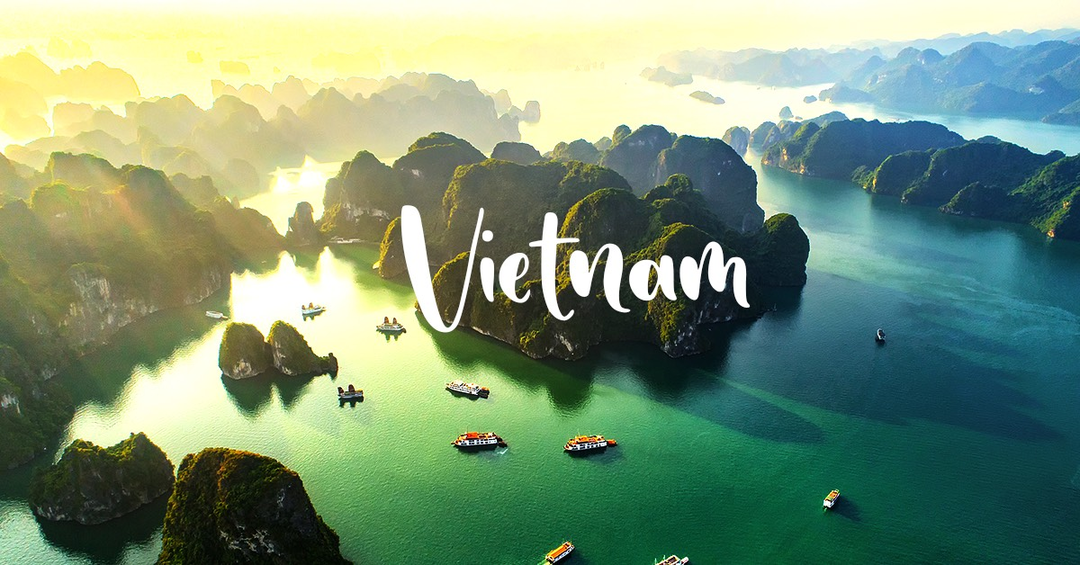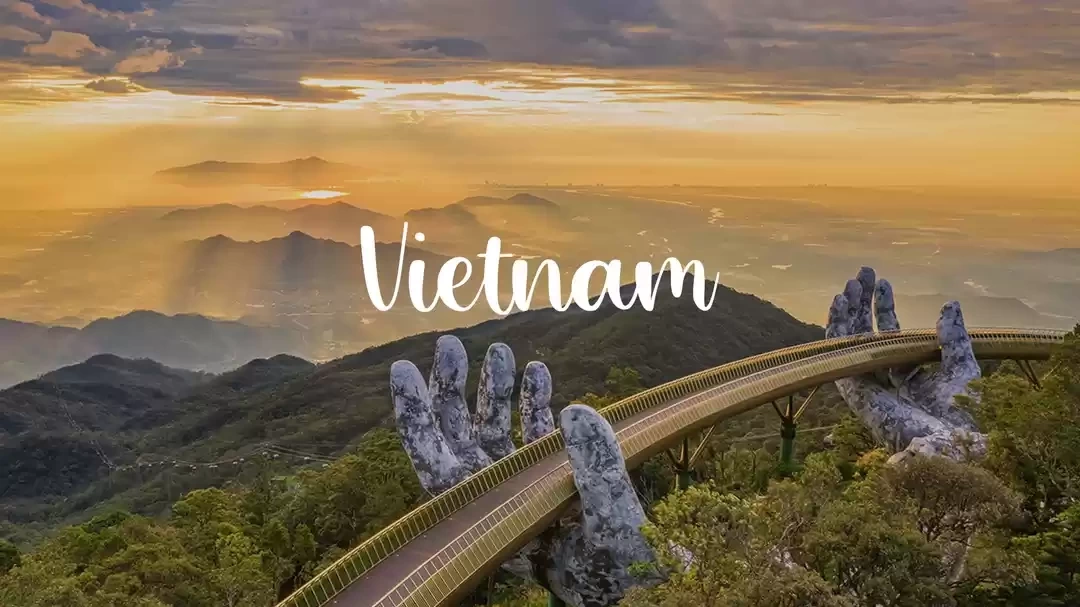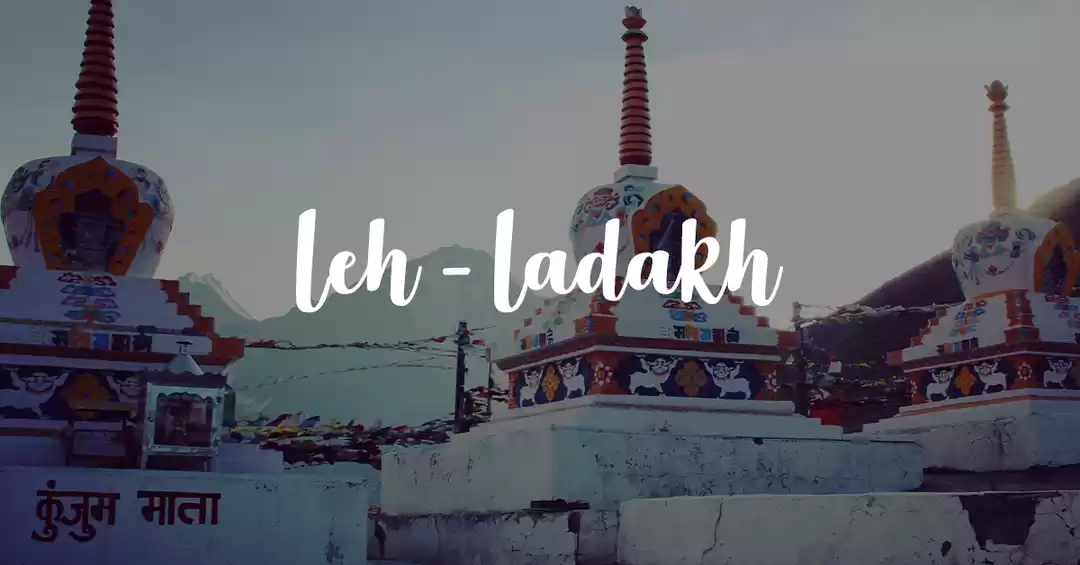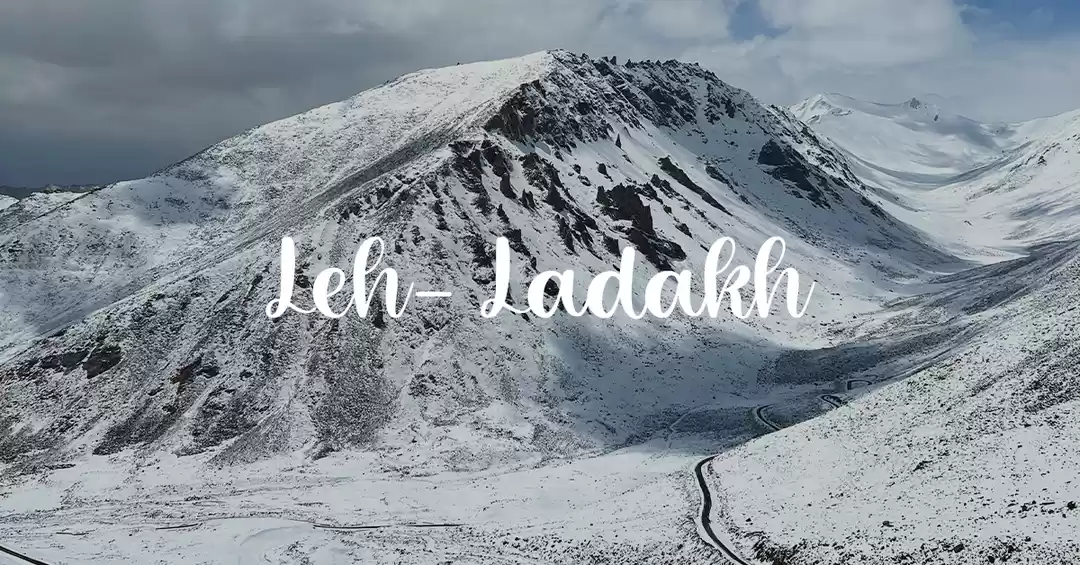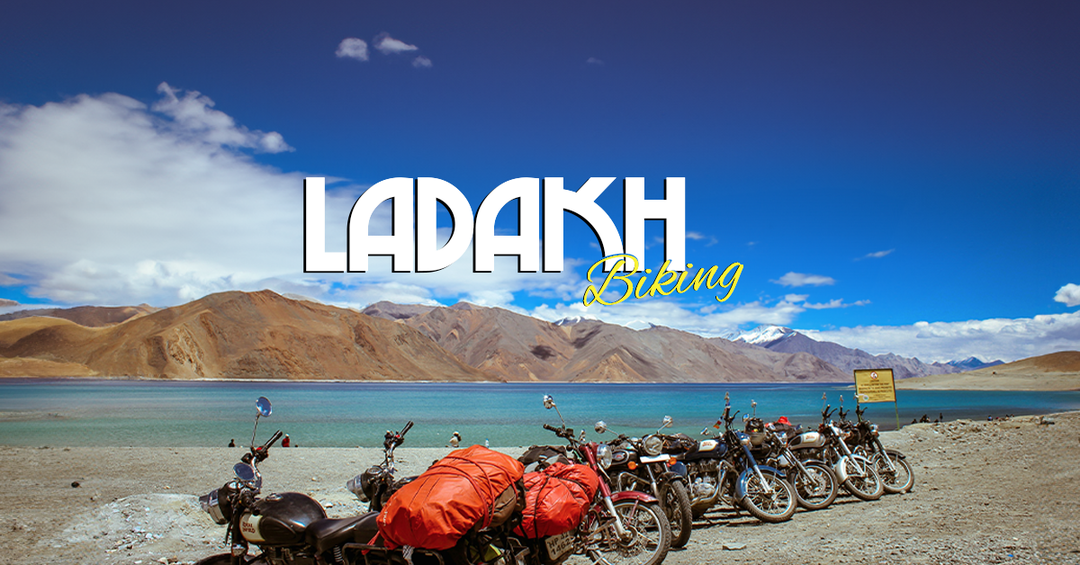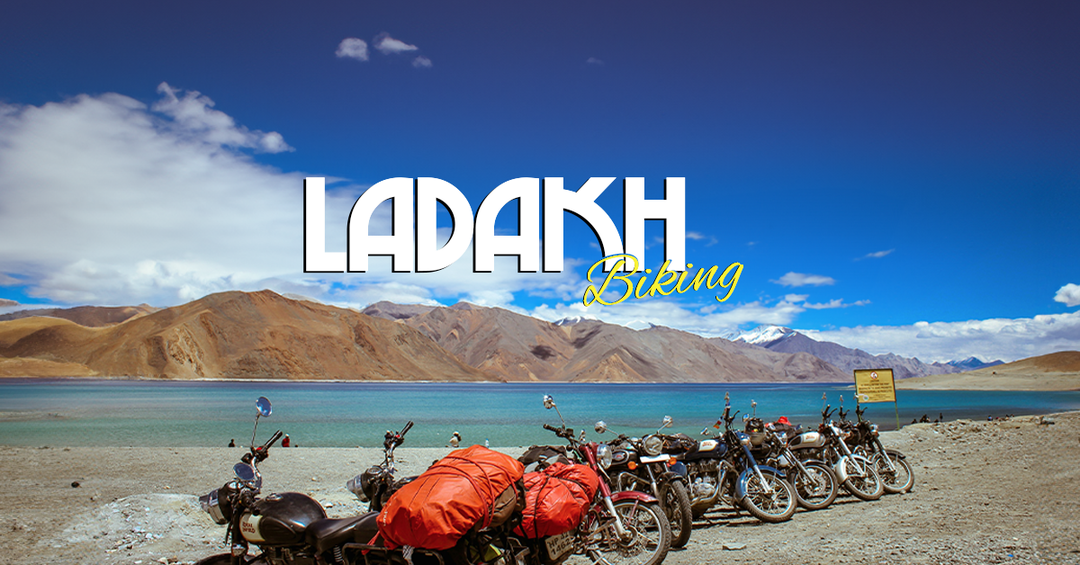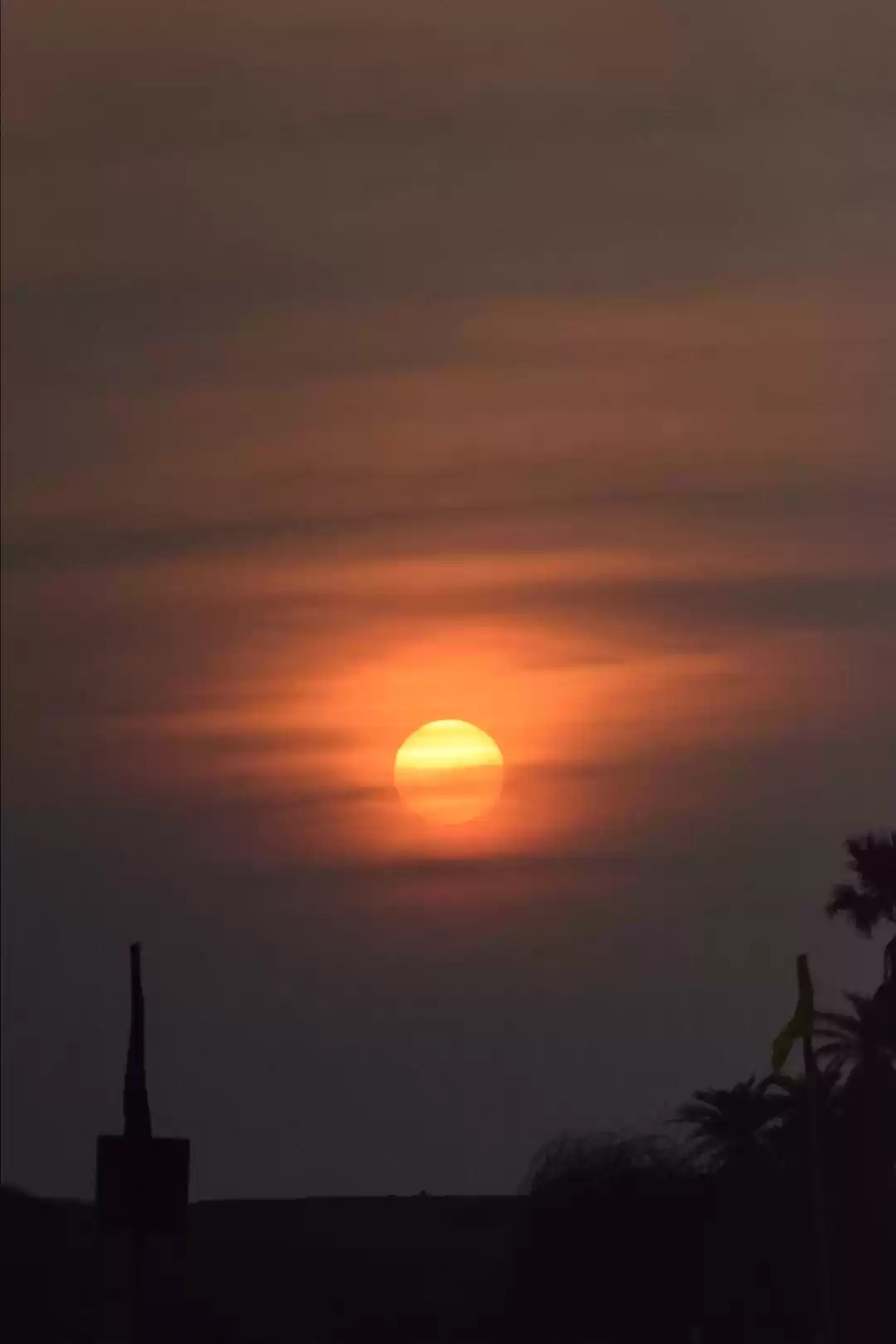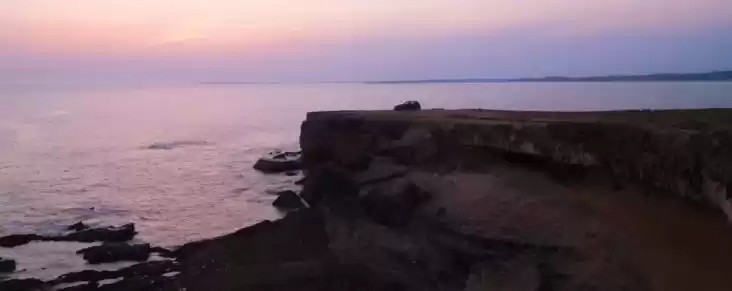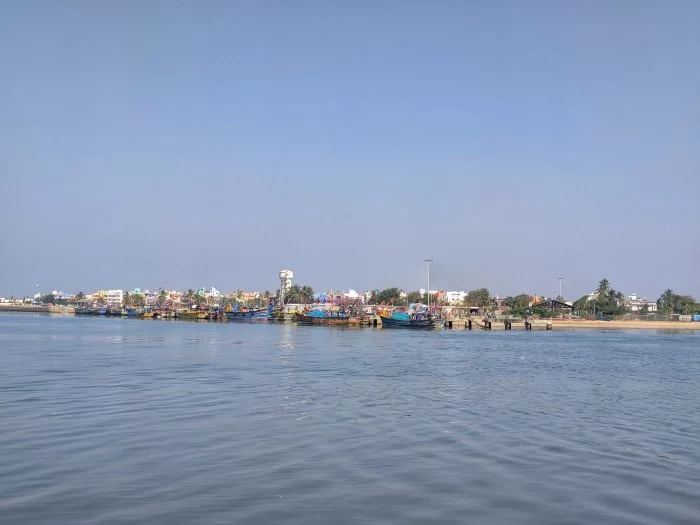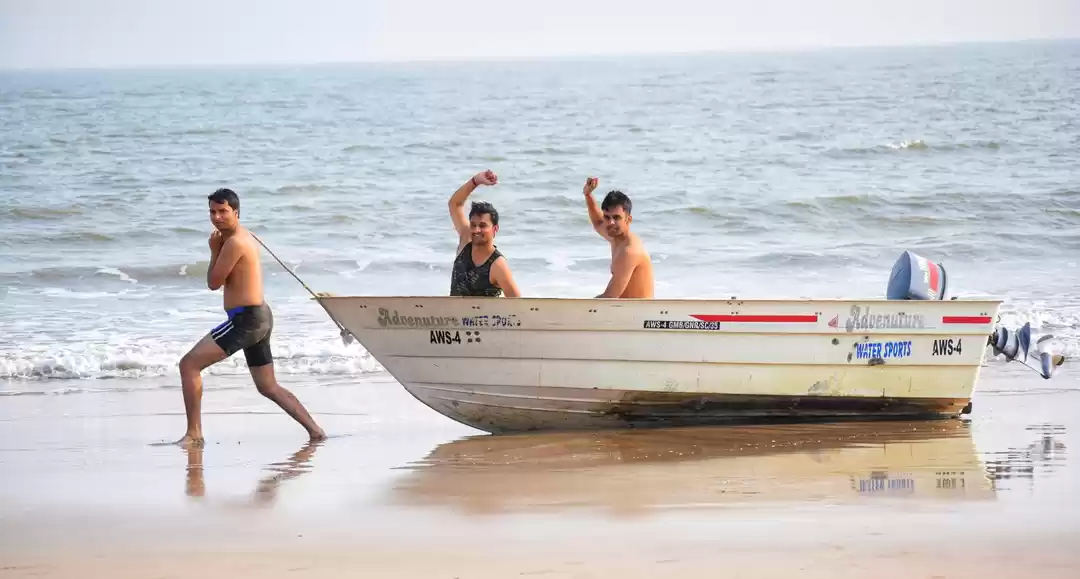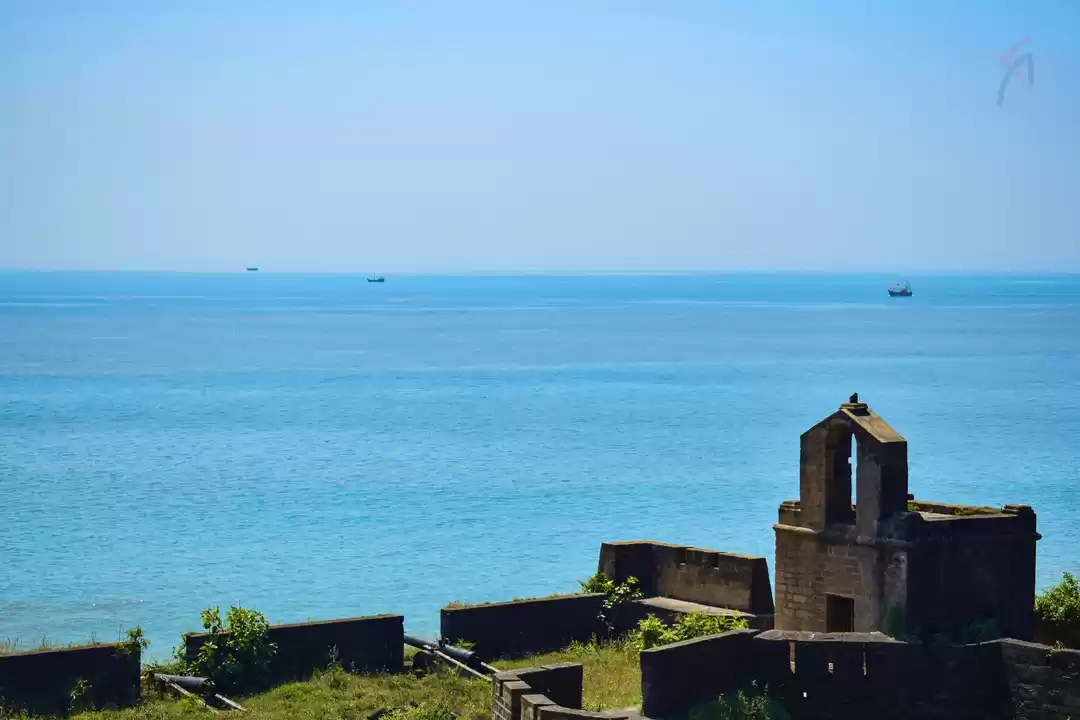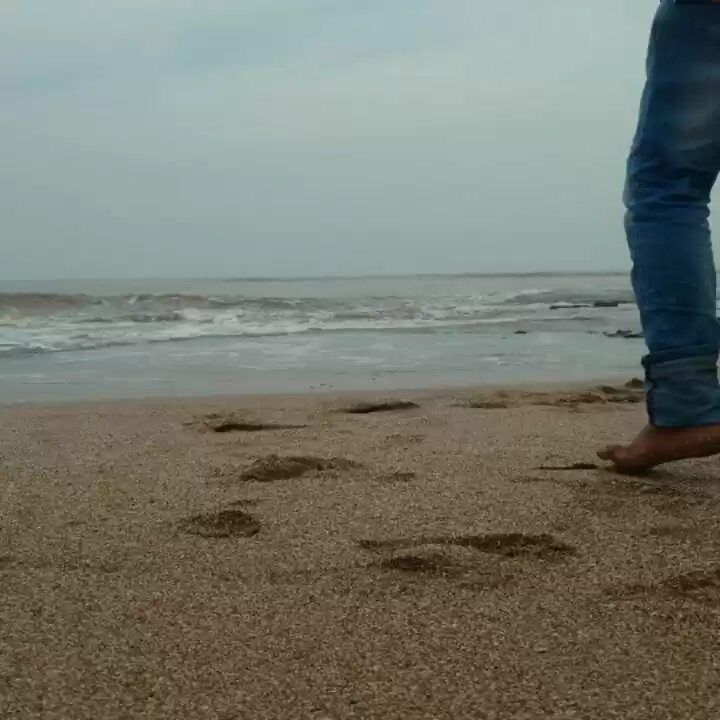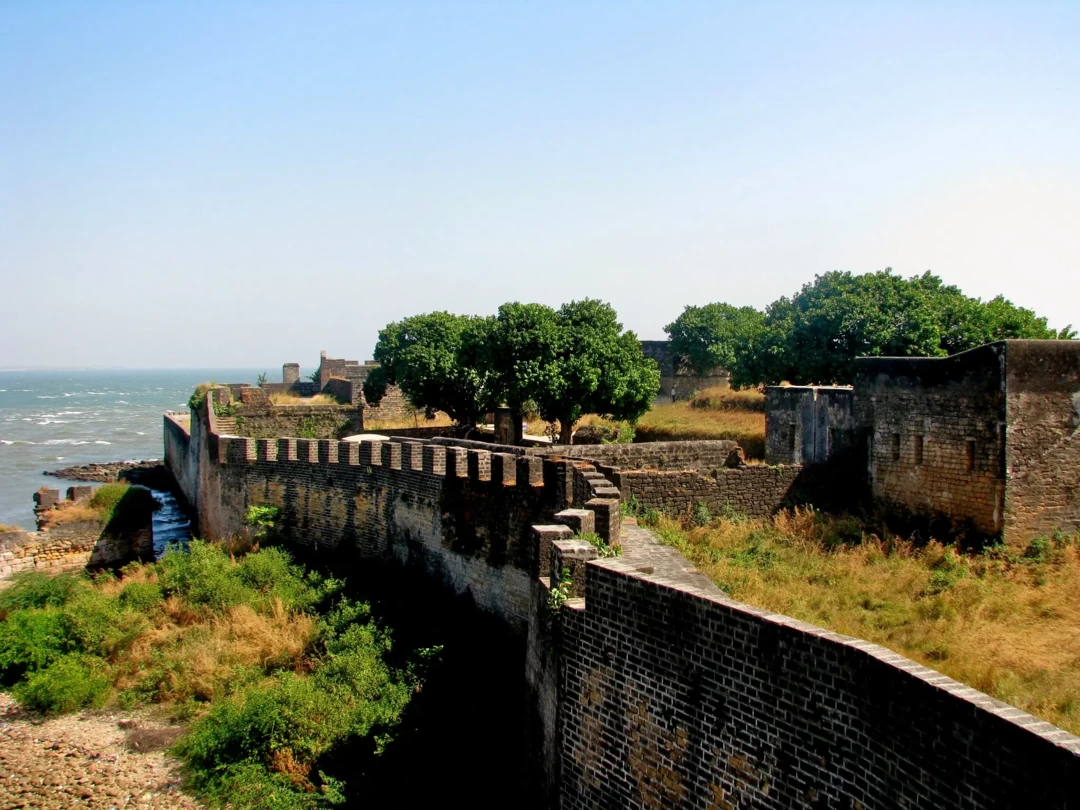









Diu is a small island near Junagadh of the Saurashtra Peninsula of Gujarat spread over an area of 38.8 Sq. kms. It is connected to Gujarat and Maharashtra by road and has no direct rail connections with the rest of the country. The nearest railway station is Veraval, about 90 kms from Diu, which is connected to Rajkot, Ahmedabad and other cities.
We reached Diu after visiting the famous Somnath temple. As we entered, we found that it seems like mini Goa though beaches are more clean, pure white sand and crystal clear and blue water than Goa. People were using scooty and bike on rent.
Our first stop was Diu fort. A sturdy 16th century Portuguese fort by the sea. It consists of three bastions overlooking the sea with bronze cannons. The fort had a couple of well laid out gardens and a light house at one end. But one of the best spectacles from the fort was a sea turtle that rose from the sea for a second and went back in. The second best spectacle was a structure in the middle of water, known as the Pani Kotha.
After spending a good amount of time at the Fort, we ahead to the next destination, the church of St. Paul. A big imposing white European structure. It was good to see a Gothic structure unlike many others from that era, well maintained.
After visting beautiful church, we were by a hillock. we climbed a few steps to see a round flat surface overlooking the sea. The area is known as the sunset point for obvious reasons. In addition, there is a memorial erected there for INS Khukri with a long list of sailors who had sacrificed their life while the naval vessel sank during the Indo-Pak war of 1971. On one side of the hillock was a small stretch, known as the Chakrateerth beach. It is one of the less crowded beaches.
From Chakrateerth, our driver next took us to the Gangaoshree temple, a cave temple by the sea. He told us that 5 shivlings were discovered there washed by the tidal waves. The temple had an interesting structure to it. It was located by the sea. You had to walk a few steps down to reach the shrine where the idols are partly submerged in the sea.
Our next stop was the Nagoa beach, one of Diu's most famous beaches, via a seashell museum. The museum was started by a retired naval officer with sea shells brought from all over the world.
Then at last, we went to Naida caves, People tend to ignore this place during their visit. While others might have a hard time locating these caves. Naida Caves have an underground opening, it's dull tangerine structure is hauntingly beautiful. Highly Recommended.
Finally, after seeing the beautiful city of Sea, Sand and Sun, we were back to our way to Surat. It was indeed feeling awesome to discover the untouched natural beauty in Diu.







